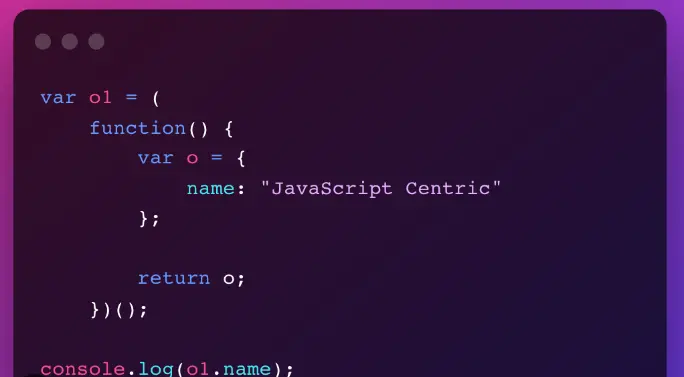JavaScript Closures: A Function’s Sticky Situation
Ah, JavaScript closures. These enigmatic entities can leave even seasoned developers scratching their heads. But fear not, intrepid coder! This blog will peel back the layers of closures, revealing their essence and practical applications.
What’s the Fuss About Closures?
In simpler terms, a closure is the marriage of a function with its surrounding environment. When a function is created in JavaScript, it doesn’t exist in isolation. It carries a hidden reference to the variables and functions in its local scope, even after the outer function (its birthplace) has finished executing. This “stickiness” is what makes closures unique and powerful.
Why Are Closures Important?
Let’s delve into the benefits closures bring to the table:
-
Data Privacy: Closures can act as guardians for variables. By creating a function within another function, you can restrict access to the inner function’s variables, shielding them from the outside world.
-
State Management: Closures excel at managing the state of an application. The inner function can remember its state (the values of its local variables) across multiple calls, even though the outer function might have completed its execution.
-
Modularity: Closures promote modularity by encapsulating functionality and data within a single unit. This makes code cleaner, more reusable, and easier to reason about.
Let’s See Closures in Action!
Here’s a classic example of a closure creating a private variable:
JavaScript
function createCounter() {
let count = 0; // This variable is private to the inner function
return function increment() {
count++; // The inner function remembers the value of count
return count;
}
}
const counter1 = createCounter();
const counter2 = createCounter();
console.log(counter1()); // Outputs 1
console.log(counter1()); // Outputs 2
console.log(counter2()); // Outputs 1 (separate instance)
In this example, the createCounter function returns a new function. This inner function remembers the count variable, even though createCounter has finished its job. This allows us to create multiple counters with independent states.
Wrapping Up
Closures might seem like a mind-bender at first, but they are a fundamental concept in JavaScript. By understanding how functions hold onto their environment, you can unlock new levels of data privacy, state management, and code modularity in your web development endeavors. So, the next time you encounter a closure, embrace its power and watch your JavaScript code flourish!


Comments are closed, but trackbacks and pingbacks are open.